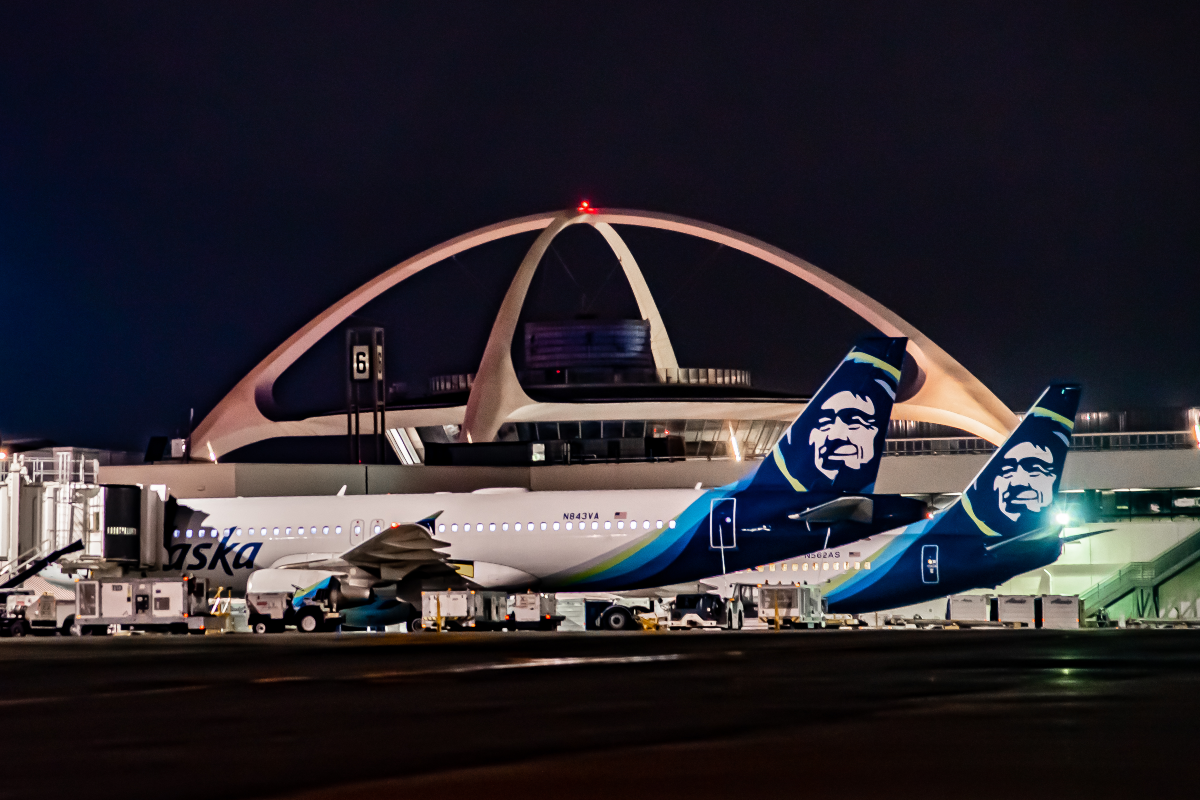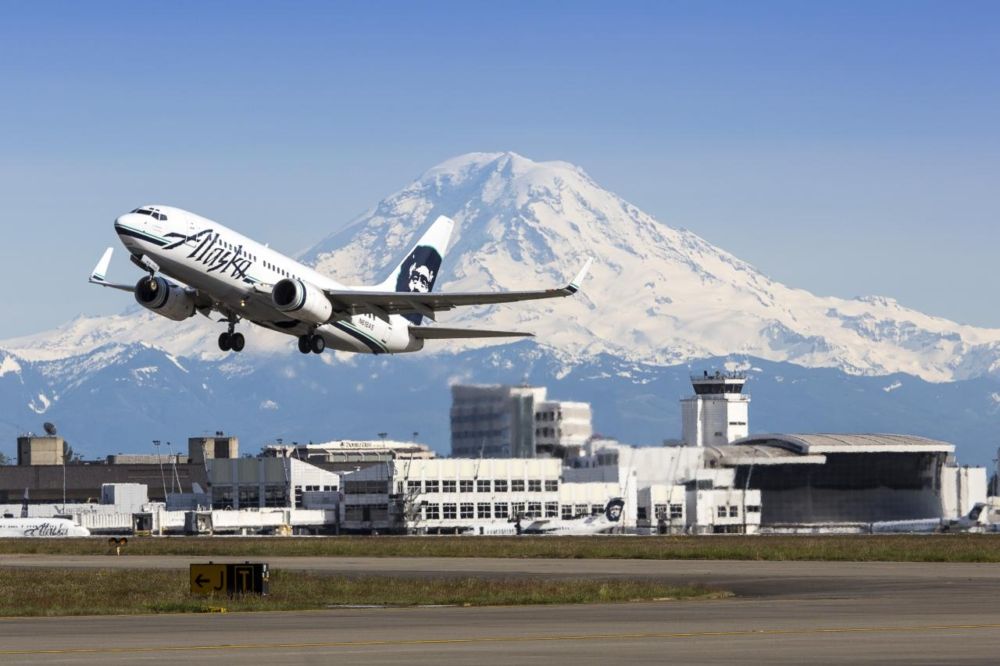Seattle-based Alaska Airlines continues to trial artificial intelligence tools to better map flight paths, increase on-time performance, and reduce fuel burn. One of the stars of Alaska's AI armory is piloting software Flyways created by Airspace Intelligence.
Alaska Airlines keeps rolling out AI software
Simple Flying gave its readers the heads up about Alaska's use of Flyways earlier this year. Flyways is a platform that uses AI and machine learning to assist dispatchers in making flight operations more efficient and sustainable by optimizing routes and improving the predictability and flow of airline traffic.
This is no short-term dabble in an on-point tech trend by Alaska Airlines. The airline has signed a multi-year contract with Silicon Valley-based Airspace Intelligence.
Speaking to Time, Alaska Airlines flight dispatcher, Brad Ward calls the software "the smartest person in the room." Among other things, Flyways software often spots weather threats and other potential problems before dispatchers are aware of them. The software then advises dispatchers of better ways to fly from A to B.
Flyways boss Phillip Buckendorf likens his AI to software that tells cars to avoid traffic jams or double-parked vehicles.
"You have this incredibly dynamic environment where you want to predict; where are you going to be in the airspace? And what does the environment look like? And how do you optimize for that?”
Alaska Airlines doubles down on AI in 2021
Alaska began trialing Flyways in May 2020. That first trial ran for six months. In that period, the software advised flight paths that could reduce flight times and fuel on 64% of flights. Flight planners are not obliged to follow the advice; it is simply an option. But increasingly, the Flyways flight advice is spot-on. So much so, Alaska Airlines began rolling out Flyways across its North American network in May 2021.
“It’s smarter than me,” says Ward.
Alaska Airlines has an ambitious goal to hit net zero emissions by 2040. Reducing fuel burn is one of the rabbit holes the airline is going down to achieve this.
"Think of it as Waze in the sky," Alaska's CEO Ben Minicucci told The Washington Post when asked about Flyways. Referencing the popular car navigation app, the CEO said of Flyways;
"It’s already helped us save track miles in the sky and reduce how much gas we burn, which reduces emissions."
Stay informed: Sign up for our daily and weekly aviation news digests.
AI improves operational efficiency & fuel burn at Alaska Airlines
According to Alaska Airlines, Flyways looks at all scheduled and active flights across the US. It scans air traffic systemically rather than focusing on single flights. Flyways treats air traffic more like the way mapping applications look at ground traffic — as a dynamic and constantly changing ecosystem of moving objects.
The AI software then created prediction models of the air space that allows the platform to predict how weather, traffic, and other constraints impact flights. From an operational perspective, it allows Alaska Airlines to streamline traffic flow. From an environmental perspective, it helps reduce fuel burn and decrease emissions.
"Our mission is to help our customers improve the predictability of their highly complex and dynamically changing flight operations in the United States National Airspace System," says Buckendorf. "Our AI platform augments the quality, speed and precision of human decision-makers."
Going by the reaction of Alaska Airlines and its employees who use the software, Flyways is nicely embedding itself for the long-term at the airline.



